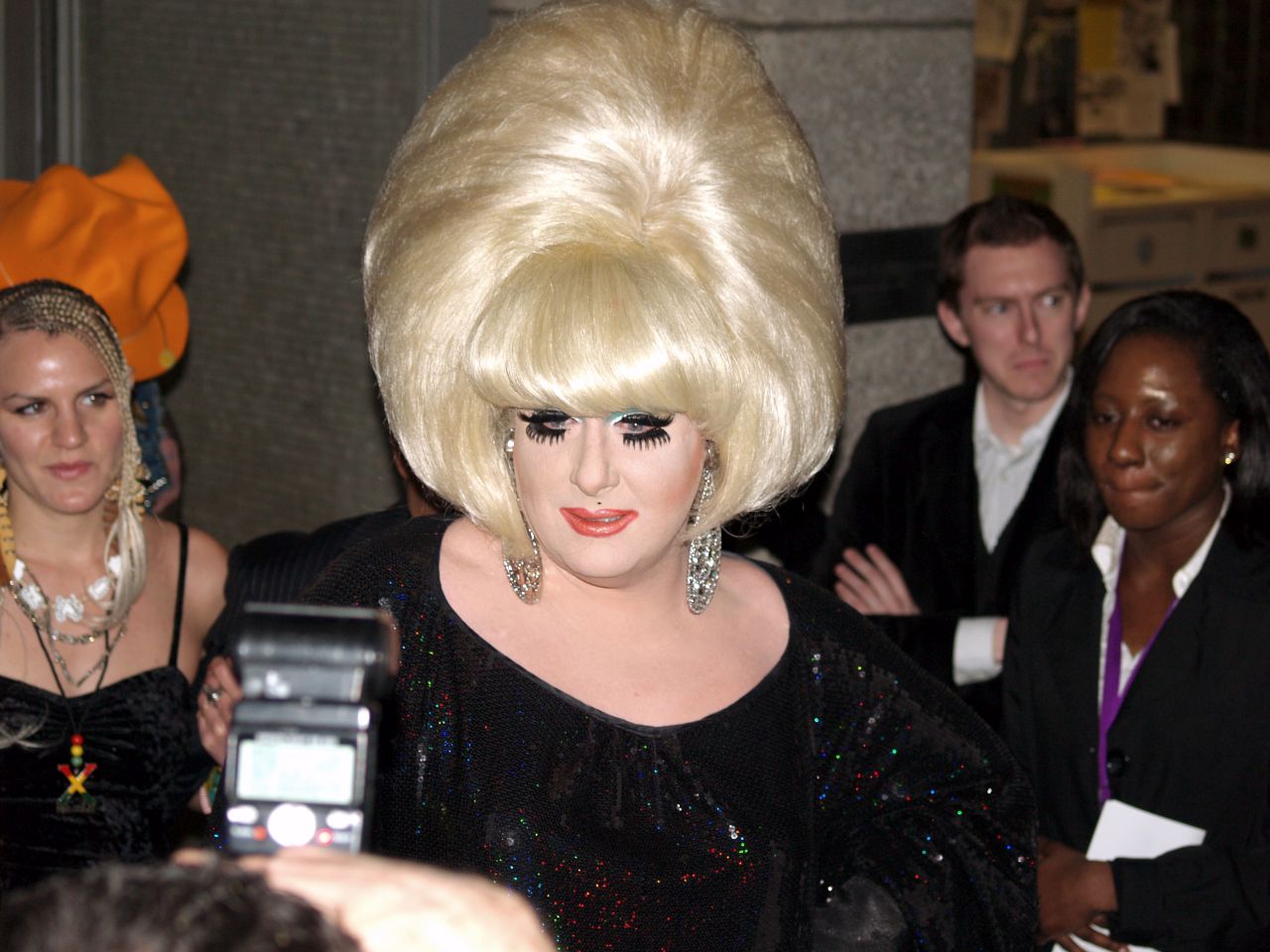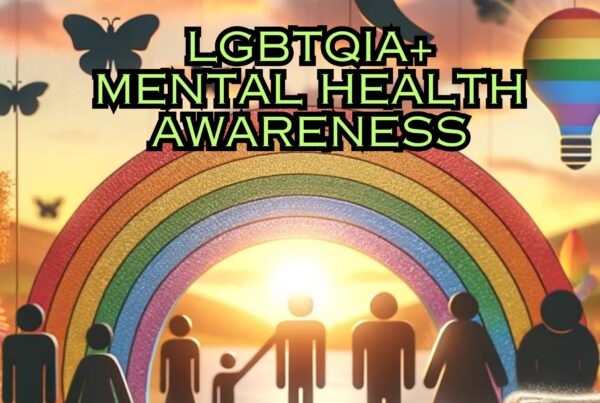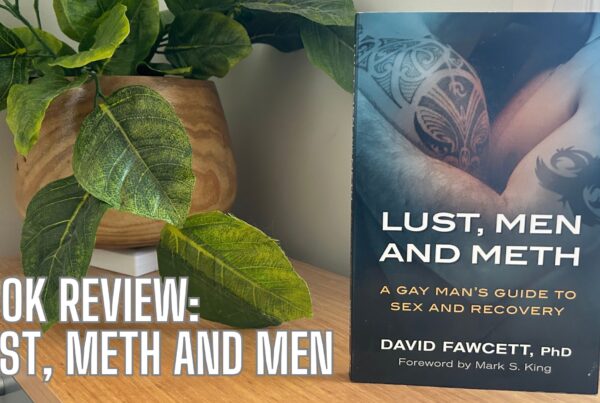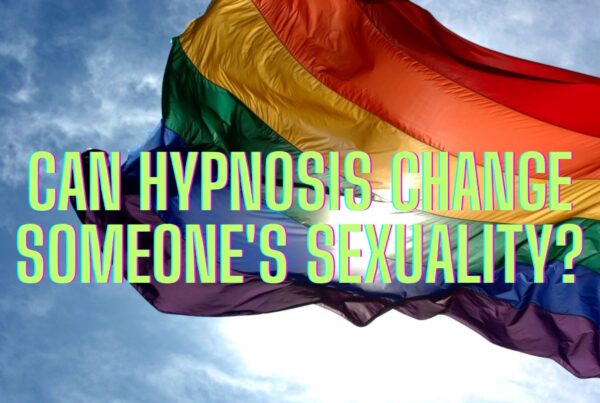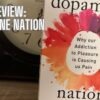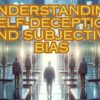The Psychology of Drag
I'm always fascinated with the reaction I get when I speak with gay men and ask them, 'have you done drag before?'
The reactions that I receive range from telling me with excitement about a crazy night out through to horror, disgust and outrage that I would even think they could consider doing such a thing.
Within the LGBTQIA community, there seems to be an extremely mixed view on the 'art of drag', yet it is one of the few art forms which seem to remain exclusively in our community and our history; after all, had it not been for the drag queens, the Stonewall riots would never have happened!
Throughout my life, I've had an occasional opportunity to experience drag and have always found it to be an interesting and intriguing experience. When putting on the drag, it feels as though a new individual is coming through. Who I am moves into the background and some new comes forward. This someone is often more assertive, direct, confident, and capable of doing things that normal old Lawrence just couldn't have done. It is a night of different opportunities and different conversations... and extremely sore feet!
I can recall one friend who, for his 30th, decided to throw a 'drag party'. Everyone had to be in drag. Boys and girls, heterosexual and homosexual, masculine and feminine - EVERYONE had to be in drag. What came out of that was an extraordinary party. For some, it was a revelation. They found it a little frightening but exciting at the same time. It was something that took them outside of their comfort zone and, as we all know, change happens outside that comfort zone. Some didn't like the experience and found it too confronting. Others allowed themselves to be in the moment and to discover something new about themselves. Watching my friend and his straight brother enjoy this unique time together was, quite simply, a wonderful thing as it was something that neither of them had really done before.
In many ways, drag is simply a mask that can be worn presenting a more glamourous, fabulous version of you... the one that, like a movie star, says 'look at me. I'm ready for my close up now, Peel Hotel.'
In a recent episode of RuPaul's Drag Race, Lady Gaga said, "Drag is, for me, an opportunity to leave myself when I didn't want to be me." For many people, it is a creative source of empowerment that allows them to escape that inner critic that tells them they're not good enough and to create a version of themselves that is bigger, brighter and more aligned with the version of them that they wish they could be.
I can tell you now that I know many drag queens in Melbourne who, out of drag, are quiet and rather shy however, in drag, they will take on the world.
I think it is important to note here a differentiation between some of the forms of cross-dressing. A drag queen is not a transgender person; they're someone who has an identity that isn't aligned with their birth gender. A drag queen is not a transvestite, who tends to be someone who dresses in women's clothing for sexual gratification. A drag queen does not 'live as a woman' 24/7; they're often simply gay men who dress as women to perform or to create an identity. Certainly, getting these definitions confused can often run the risk of offending some people.
You may wonder what it is that would drive someone to do drag? In my experience, I've tended to notice two camps (no pun intended) here; there are those that do it for the creativity and artistic performance, and then there are those who do it as it is about creating a 'more fabulous' version of themselves. This is no different to any other form of celebrity artist out there. They are going to have qualities from both camps however the drive and motivation are likely to come from one more than the other.
In his fantastic TEDTalks, Eric Anthony Dorsa talks about what he learned from dressing up in drag, looking at drag as a mask and his journey towards authenticity, escaping the player living in a superficial world telling ourselves that we can be better. "I created a character out of a desperate act that was deep and familiar", he says and explores how drag helped him to question some of his long-held beliefs about himself and to discover who he really was.
I know some drag queens in Melbourne who are truly, truly creative. Their purpose for doing drag is about performance, artistic expression and being able to allow the vision in their head to impact on our community. I think back to some of the brilliant performances from drag groups like Lipstix, Fab 3 and, up in Sydney, the Transformers, and reflect upon how they produced shows that were creative, irreverent, and spoke directly to the heart of our community. When Kerrie Le Gore brought a straight female on stage and went through her handbag to the amusement of the gay crowd, there was a sense of satisfaction in knowing that this poor lady was experiencing a moment on stage under our terms.
Speaking of Kerrie Le Gore, we can never under-estimate how drag queens have become the visual and vocal piece for the LGBT community. Regardless of if you love them or hate them, drag queens like the legendary Kerrie Le Gore were not just performers but also advocates during a time when our community really needed them. What Kerrie did to help raise awareness around safe sex and HIV cannot be measured.
I also know of some drag queens who use drag as a means of building their own self-esteem. In her essay "Gender Performativity and Self-Perception: Drag as Masquerade", Jessica Strübel-Scheiner says, "Through a previous project, it was found that the men who chose to perform in drag were self-described as shy and not of the prescribed standard of gay beauty (Strubel, 2010). Subjects repeatedly mentioned that performing in drag is a way of drawing attention to themselves, attention they did not receive out of drag. In comparison to society’s prescribed ideal of gay men, the drag queen’s male personas are often plain, shy, very thin or grossly overweight, and at times, “trollish”. They are the men who are ignored by the perfectly polished, well-toned gay men found at gyms, on the fashion runways, or in popular media. The masquerade of gender allows them to try on a new identity, one whereby they may receive the attention they desire."
This is understandable; gay men are more prone to body image disorders than their heterosexual counterparts due to how superficial the club scene can often be and if there was a way to escape that discomfort of not being good enough through the art and illusion of drag, then the act is often bringing people closer to the version of themselves that they would like to be. As Gestalt theory often states, the discomfort exists in the gap between the ideal self and the real self. Drag, for some, closes that gap. We should point out the words that RuPaul chooses to close each show with; 'if you can't love yourself, how the hell are you going to love anyone else.'
If we look at many of the pop icons out there who have become legendary, they've all used drag like reinvention as a normal part of their creative process. Artists like Madonna and Lady Gaga have taken on different personas and even 'characters' to present their music and, in some cases, pushed social boundaries. Going back to the 70s, artists like David Bowie utilised drag and dressing in women's clothings to push sexual and gender boundaries in a way that had rarely been done before. Drag can most certainly be confronting for those who hold conservative views, and it has to be said that it takes a lot of courage to dress up in drag and place yourself out there open to insult and ridicule. Yet, paradoxically, the 'court jester' / 'clown' aspect of it makes the character of a drag queen so much more larger than life that, for the mainstream world, it can also be the most palatable way to bring acceptance to the LGBT community.
Back when 'Priscilla - Queen Of The Desert' was released, I was working at a Melbourne bar called the Xchange. Apart from working the back bar over the weekend, I was responsible for lighting all the drag shows that were on. I recall one afternoon, whilst handing from the ceiling and changing some of the lighting cans, a mother and her child walked into the venue.
"Is this the place that does shows based on Priscilla?', she asked.
Would this curiosity in drag from a mother and child have happened prior to Priscilla? The fact that they had come into the venue showed signs of acceptance and interest - something that doubt would've happened 12 months prior to Priscilla's release. Drag almost became the in-road for people to begin to explore and understand gay culture further without the need of having to imagine any form of sexuality. This has been further reinforced with the success of shows like 'RuPaul's Drag Race', now in it's ninth season and building a greater audience with each passing season. The beauty of shows like 'RuPaul's Drag Race' is that it now brings a greater understanding of the 'real person' underneath the 'drag queen character'; we get to see the insecurity, vulnerability and how the art of drag has helped them to find strength and resilience - or as RuPaul would say, charisma, uniqueness, nerve and talent.
Hypnotherapy can help you to make the changes that are important in your life. To celebrate our anniversary, I’m offering a ‘two for two-year anniversary special’. Book now and mention the ‘two for two-year anniversary special’ and you’ll receive two sessions for the price of one! That’s a generous 50% off our standard session price! (Terms and conditions apply)
TAKE ADVANTAGE OF THIS SPECIAL OFFER NOW
You might also like to read:
Release Hypnosis Celebrates It’s Two Year Anniversary
How Does Hypnotherapy Work With Weight Loss?
"What Does Hypnosis Feel Like"
OUTthink – Episode 10 – Dean Beck – Mental Health, Sexual Health, HIV and Drugs

